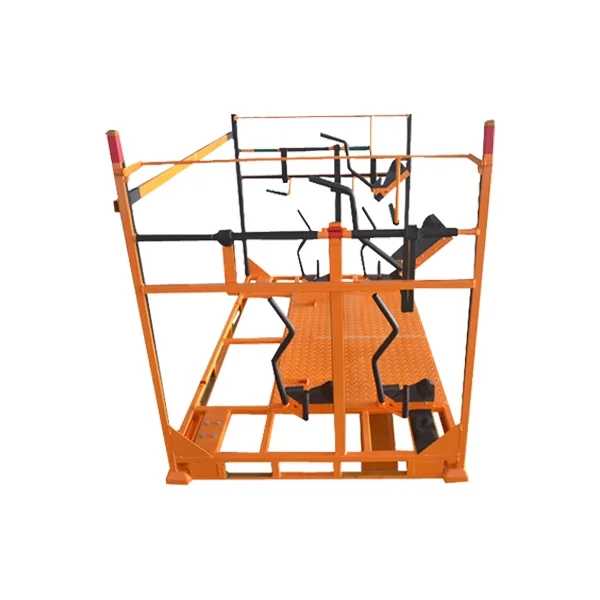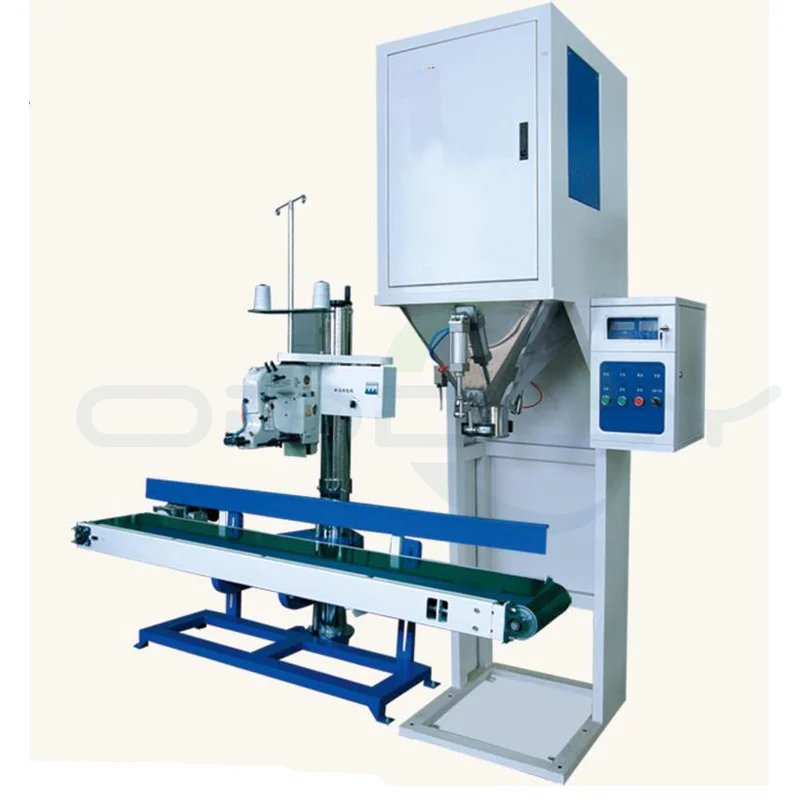When it comes to designing or purchasing a home, one of the most critical yet often overlooked aspects is storage. The question, How much storage does a house need? is not merely a matter of square footage; it encompasses lifestyle, family dynamics, and future needs. In this comprehensive guide, we will explore the various factors that influence storage requirements, practical solutions for maximizing space, and tips for future-proofing your home.
Understanding Storage Needs: The Basics
Storage needs can vary significantly based on several factors, including:
- Family Size and Composition: A family of four will require more storage than a single individual. Consider the ages of children, as younger kids often need more space for toys and gear, while teenagers may require storage for sports equipment and clothing.
- Lifestyle Choices: Your hobbies and interests play a crucial role in determining storage needs. For instance, avid readers will need ample space for books, while outdoor enthusiasts may require storage for equipment like bicycles, kayaks, or camping gear.
- Seasonal Changes: Depending on your location, you may need additional storage for seasonal items such as winter clothing, holiday decorations, or gardening tools.
- Future Growth: Consider potential changes in your household. Are you planning to expand your family? Will you be taking in elderly relatives? Anticipating these changes can help you make informed decisions about storage.
Calculating Your Storage Needs
While there is no one-size-fits-all answer to how much storage a house needs, a general guideline can be established. The National Association of Home Builders (NAHB) suggests that a typical family home should have approximately 10% of its total square footage dedicated to storage. This includes closets, attics, basements, and garages.
Room-by-Room Breakdown
- Bedrooms: Each bedroom should ideally have a closet that is at least 6 feet wide. Consider additional storage solutions like under-bed storage or built-in shelving for books and personal items.
- Living Areas: Living rooms and family rooms should have space for media storage, bookshelves, and possibly a storage ottoman for blankets and games.
- Kitchens: Kitchen storage is crucial for organization. Aim for a combination of cabinets, drawers, and pantry space. A well-organized kitchen can significantly reduce clutter.
- Bathrooms: Bathrooms often require less storage, but consider adding cabinets or shelving for toiletries and towels.
- Garages and Basements: These areas can serve as significant storage spaces. Utilize vertical storage solutions, such as shelving units and wall-mounted racks, to maximize space.
Maximizing Storage Efficiency
Once you have a clear understanding of your storage needs, the next step is to maximize efficiency. Here are some practical tips:
- Declutter Regularly: Regularly assess your belongings and eliminate items that are no longer needed. This practice not only frees up space but also makes it easier to find what you need.
- Use Multi-Functional Furniture: Invest in furniture that serves multiple purposes, such as a bed with built-in drawers or a coffee table with storage compartments.
- Vertical Space Utilization: Don’t forget about vertical space. Install shelves high on walls to store items that are not frequently used.
- Smart Organization Systems: Implement organizational systems such as bins, baskets, and drawer dividers to keep items sorted and easily accessible.
Future-Proofing Your Storage
As lifestyles evolve, so do storage needs. Here are some strategies to ensure your home remains adaptable:
- Flexible Spaces: Design rooms with flexibility in mind. For example, a spare bedroom can serve as an office or playroom, depending on your current needs.
- Expandable Storage Solutions: Consider modular shelving units or expandable closets that can grow with your needs.
- Technology Integration: Smart home technology can help manage storage. For instance, inventory apps can keep track of what you have, making it easier to avoid unnecessary purchases.
Conclusion
Determining how much storage a house needs is a multifaceted process that requires careful consideration of various factors, including family size, lifestyle, and future growth. By understanding your unique needs and implementing efficient storage solutions, you can create a home that not only meets your current requirements but also adapts to future changes. Remember, effective storage is not just about quantity; it's about quality and organization, ensuring that your home remains a sanctuary of comfort and functionality.







+ There are no comments
Add yours